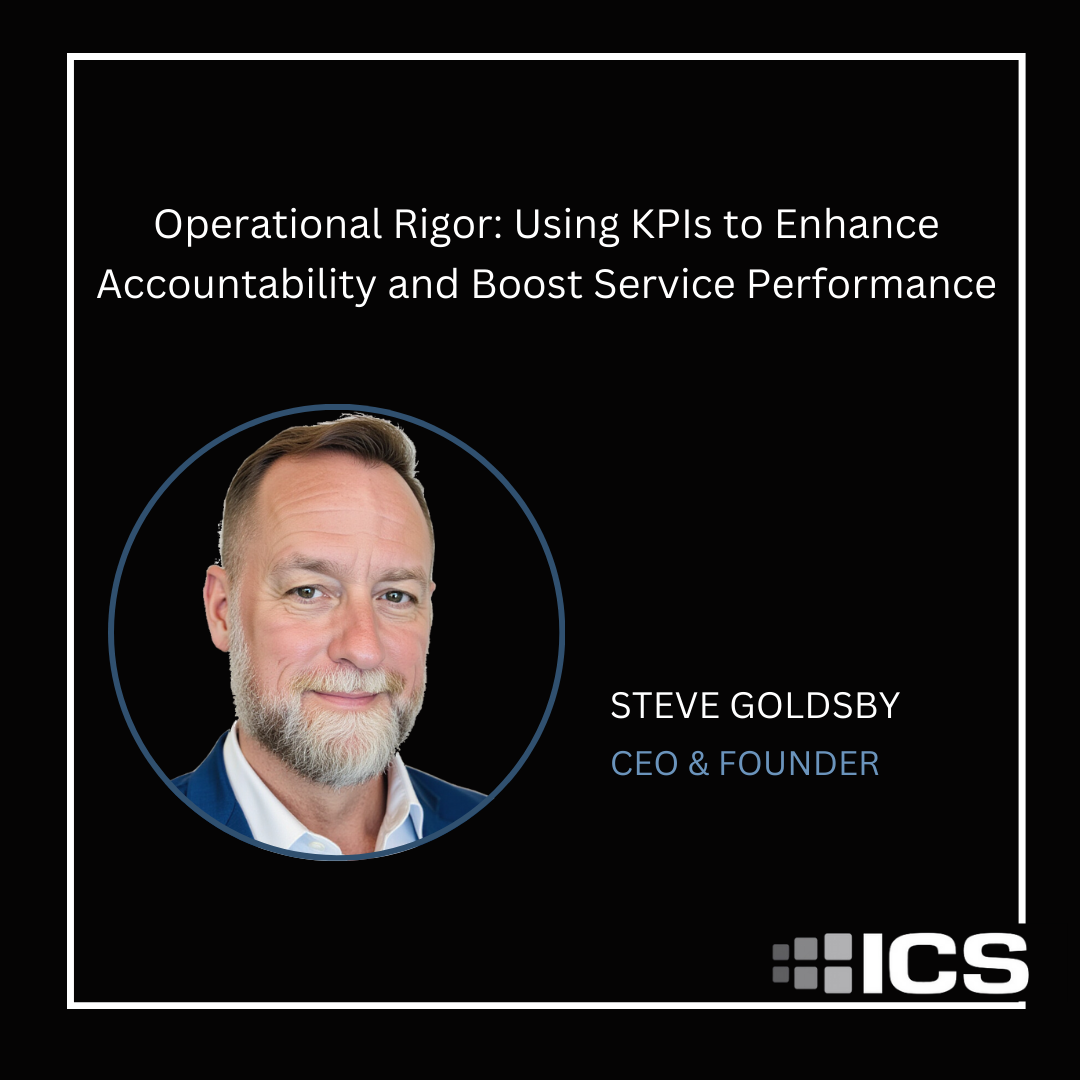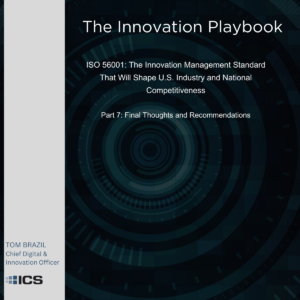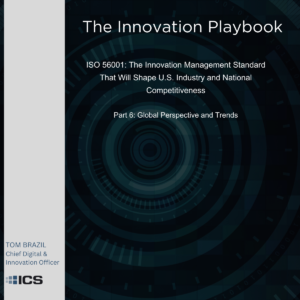In mission-critical operations, every second counts. Whether you’re supporting military planning, defense communications, or IT infrastructure, system performance is often the key to success. Optimizing application execution speed can dramatically improve efficiency, resource utilization, and mission readiness. But achieving such improvements isn’t just about faster hardware—it’s about leveraging Key Performance Indicators (KPIs) to monitor, measure, and drive system performance.
Define KPIs and Their Relevance
Key Performance Indicators (KPIs) are measurable values that demonstrate how effectively an individual, team, or system is achieving a specific goal. In an IT context, KPIs are used to monitor performance metrics such as application speed, system uptime, resource utilization, and incident response time.
For military leaders, war planners, and government contractors, KPIs provide a critical window into how well systems are performing under the pressure of mission-critical operations. By tracking, analyzing and trending these metrics over time, teams can make informed decisions that enhance operational efficiency and avoid mission disruptions.
The right KPIs ensure that both technical and strategic goals align, ensuring maximum mission success. Whether it’s improving application speed or reducing downtime, KPIs help translate performance into actionable results, allowing teams to make necessary adjustments on the fly.
Which KPIs Should I Select?
We teach our teams that selecting KPIs and their underpinning metrics when developing scorecards is hard. Your scorecard (and selected KPIs) will evolve over time. KPIs and metrics should be cheap and easy to gather and hard to falsify, while improving your ability to predict and execute.
- Identifying the Right KPIs: The first step in optimizing application performance is selecting the right KPIs that align with your operational goals. Common KPIs include application response time, throughput, and system resource utilization. In the mission-critical environments we support, where global command and control (C2) systems must perform seamlessly, monitoring system performance ensures that any latency or downtime is caught before it affects mission success.
- Real-Time Monitoring Tools: Tools like Splunk, Nagios, and Prometheus are invaluable in monitoring KPIs in real-time. These tools provide visibility into system performance, allowing contractors to track how applications and systems are behaving under varying loads. We’ve learned in no-fail operational environments that these tools enable cost-effective tracking of application execution speeds and can detect bottlenecks before they escalate into bigger problems. Real-time monitoring is especially critical for environments where system failure can have serious repercussions. By constantly checking KPIs and adjusting operations in real-time, teams can prevent issues from disrupting ongoing missions and ensure smooth, continuous operations.
- Root Cause Analysis and Troubleshooting. So, you’ve selected and are tracking the right KPIs. Now what? Once performance issues are identified, the next critical step is diagnosing the root cause. KPIs act as indicators, but detailed analysis (e.g., tracking database queries, server performance, network latency) is necessary to pinpoint why performance may have dropped. For example, during a crisis or contingency operation, any slowdown in an application used by war planners could hinder the deployment of forces or decision-making.
- Continuous Feedback Loop for Improvement. Analysis without action is meaningless. Regular reviews of KPIs ensure that IT teams are continually improving system performance. Metrics should evolve with new technologies and operational needs, which is crucial in no-fail C2 environments where systems must adapt rapidly to emerging threats or new mission requirements.
It’s important to note that the process should never stop. Even when KPIs indicate good performance, it’s vital to constantly reassess and improve. Technology evolves, and mission needs change—KPIs should reflect this, helping teams stay ahead of potential issues before they arise.
Example: Optimizing Application Speed with KPIs
Optimizing application execution speeds ensures that war planners and military leaders have the tools they need when they need them most. By minimizing system delays, military operations become more efficient, and decision-making capabilities improve, reducing time-to-deployment and enhancing overall mission readiness.
Great example KPIs for operational rigor include Application & Service response time, Throughput, System Uptime, Latency, Mean time to Resolve (MTTR), and Resource Utilization (CPU, memory, disk, network).
When systems run faster, planning becomes quicker, decisions are made faster, and operations proceed with less friction. In a high-pressure, high-stakes environment, this can be the difference between success and failure.
- Increased Efficiency and Cost Control: By identifying and addressing inefficiencies, organizations can optimize their IT infrastructure, eliminating unnecessary resource consumption. A 25% improvement in application speed, for instance, can lead to significant cost savings by reducing the need for additional hardware upgrades or resource allocation. Faster applications and better resource utilization mean fewer servers, fewer resources, and lower operational costs. This leads to greater cost control, a significant benefit for government contractors trying to maximize the value of each contract dollar spent.
- Reduced Risk of Downtime: Faster application execution directly correlates with fewer instances of system failure or downtime. In mission-critical operations, this can prevent costly disruptions and ensure that critical data flows smoothly. Reclaiming 2TB of storage, as an example, may free up valuable resources that can be used to support other operations without incurring additional hardware costs. Minimizing downtime in systems that support military operations or other defense functions is critical. Every minute of downtime means a loss of opportunity and operational effectiveness, and it may even jeopardize mission success.
KPI Challenges
Implementing KPIs to improve application performance in mission-critical environments is not without its challenges. One common obstacle is selecting the right KPIs that truly reflect the operational needs of military and government teams. It’s easy to get lost in a sea of data, so focusing on the KPIs that align with mission success is key.
Additionally, real-time monitoring can put a strain on IT resources, and troubleshooting complex system issues can be time-consuming. Lastly, ensuring that all stakeholders, whether contractors, military planners, or government officials—are aligned in terms of objectives and understanding of KPIs is crucial to the overall success of the optimization efforts.
How to select KPIs
Step 1: Define Operational Objectives: Align KPIs with your operational mission objectives. For military planners, this means ensuring that system performance metrics are focused on supporting rapid decision-making and operational readiness. Identify the key areas where performance impacts mission success.
Step 2: Select and Monitor the Right KPIs: Use monitoring tools to track critical performance metrics like application response times, throughput, and server performance. Regularly assess these metrics in real-time to identify and address performance issues.
Step 3: Implement Root Cause Analysis Processes: When performance issues arise, use diagnostic tools to trace the issue to its source—whether it’s a database bottleneck, network delay, or hardware limitation—and take corrective action.
Step 4: Designate a Single Individual Accountable for Any KPI: Assign a single individual to be accountable for each KPI. This promotes accountability and ensures that there’s clear ownership over each metric. This accountability fosters a culture of responsibility and ensures timely action when performance falls short.
Step 5: Continual Review and Improvement: Ensure that KPIs evolve as mission objectives and technologies change. Periodically review performance data to identify areas for further optimization. The feedback should be continuous, not just a one-time fix.
Conclusion
Optimizing application performance is crucial in high-stakes, mission-critical environments. By leveraging KPIs, you can identify inefficiencies, improve execution speed, and ultimately enhance mission readiness.
The key takeaway: by embracing data-driven decisions and continuously monitoring performance, organizations can ensure that their systems are ready when it matters most.







